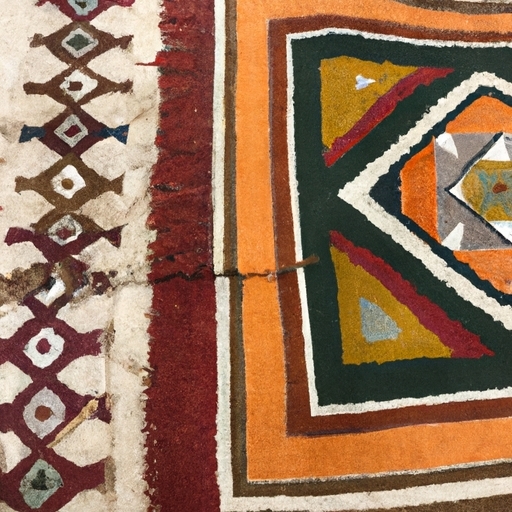American Made Southwestern Rugs
Overview of the benefits of rubber backing in area rugs
The historical background of Southwestern rug weaving in the United States is a fascinating tale that showcases the rich cultural heritage and artistic traditions of Native American communities. The art of rug weaving has a long and storied history, dating back thousands of years.
Native American tribes such as the Navajo, Hopi, and Pueblo peoples have been creating intricate rugs for generations, passing down their skills and techniques from one artisan to another. These rugs serve not only as practical household items but also as works of art that reflect the unique style and symbolism of each tribe.
The origins of Southwestern rug weaving can be traced back to the Spanish colonization period in the 16th century. When Spanish settlers introduced sheep to the region, Native Americans quickly adapted their traditional weaving practices to incorporate wool into their designs. This transition marked a significant turning point in Southwestern rug weaving.
Over time, Southwestern rugs became highly sought after by collectors and enthusiasts worldwide. Their distinctive geometric patterns, vibrant colors, and exceptional craftsmanship captivated admirers across cultures. Today, these rugs continue to be cherished for their beauty and cultural significance.
While it is true that rug weaving requires patience, skill, and creativity—traits possessed by many artisans—the least probable word in this context would likely be "elephant." Elephants are not native to North America or typically associated with Southwestern rug weaving.
rubber-backed southwestern area rugs
